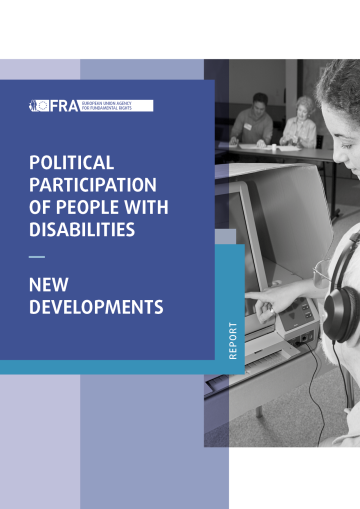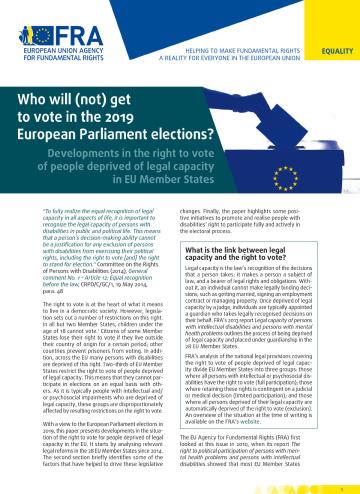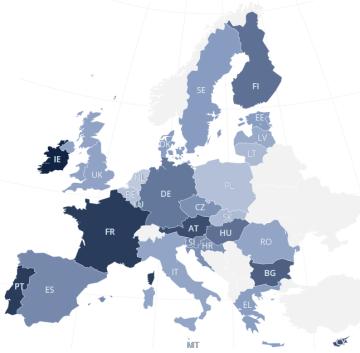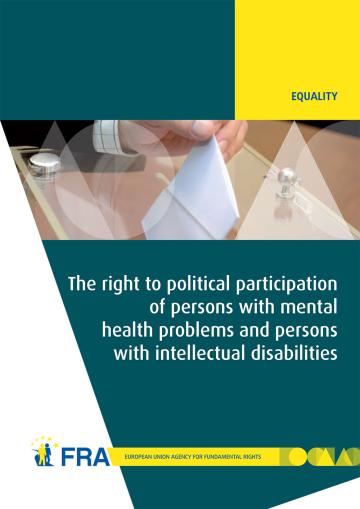This report shows that progress has been achieved in the European Union in many areas connected to political participation of people with disabilities since the agency first reported on this issue in 2010. All Member States and the EU have ratified the Convention on the Rights of Persons with Disabilities (CRPD), although a few Member States have made declarations and reservations, including about Article 12.
Several Member States’ laws have removed restrictions on the right to vote and the right to stand for elections based on legal capacity. Even where legal limitations still exist, judicial practice is moving towards disapplying blanket legal restrictions and analysing in each individual case whether people under guardianship should be denied the rights to vote and/or to stand for elections. Member States that have removed all restrictions to voting rights provide a strong example of how it is possible to ensure that all people with disabilities can exercise their political rights when supported.
Significant developments were also noted at the EU and Member State levels in terms of accessibility of the voting process, especially regarding accessibility standards provided by law for polling stations, and guidelines on accessibility of polling stations. However, people with visual, hearing or intellectual disabilities still face considerable barriers. Systematic data collection on accessible public buildings is rare and not comparable because different methodologies are used.
The EU showed its commitment to making information and communications technology more accessible to EU citizens by adopting the web accessibility directive and the common European standard on web accessibility. The minimum requirements of the directive were incorporated into all Member States’ national laws, although few comply with the harmonised European standard in practice.
In 2018, the EU revised the audiovisual media services directive to make the accessibility requirements for media service providers more stringent. Member States have legally binding accessibility standards for both public and private providers of media. Sign language interpretation, audio description and subtitling of key public programmes providing instructions for voting and information on candidates is increasingly provided. However, more efforts are needed to make private media service providers’ programming more accessible for people with disabilities by means of sign language interpretation, audio description or easy-read content.
The Member States have now increasingly adopted disability strategies. They envisage specific actions to ensure the accessibility of elections, as well as the participation of people with disabilities. However, systematic and meaningful consultation with disabled people’s organisations is still lacking. So is regular training of election authorities and officials on disability discrimination, accessibility and reasonable accommodation.
In terms of opportunities for participation in political life, administrative barriers to obtaining information, registering to vote and obtaining support during elections persist in some Member States.





